Search
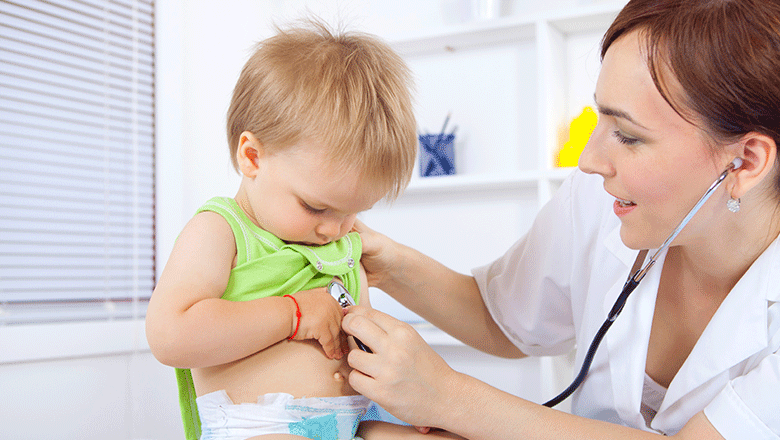
News & Events
New recommendations to stop antibiotics soonerThe Kids researchers are amongst a group of experts who have recommended that doctors can stop intravenous antibiotics sooner in children.
Research
House Dust Mite Allergens: New Discoveries and Relevance to the Allergic PatientRecent findings on house dust allergens and their contribution to knowledge that will significantly impact current and future allergy treatments are appraised
Research
Systematic analysis of transcription start sites in avian developmentCAGE in combination with single-molecule sequencing technology allows mapping of TSSs and genome-wide capture of promoter activities state cell populations.
Research
The glycaemic benefits of a very-low-carbohydrate ketogenic diet in adults with Type 1 diabetes mellitus may be opposed by increased hypoglycaemia risk and dyslipidaemiaThis study provides the first evidence that, ketogenic diets in adults with Type 1 diabetes are associated with excellent HbA1c levels and little glycaemic variability
Research
Proximity to Liquor Stores and Adolescent Alcohol Intake: A Prospective StudyLiquor store availability in early adolescence may be a risk factor for alcohol intake in early and middle, but not late, adolescence
Research
Alignment of supermarket own brand foods’ front-of-pack nutrition labelling with measures of nutritional quality: An australian perspectiveThis study aimed to examine prevalence of front-of-pack nutrition labels on supermarket own brand foods, and alignment with patterns of nutritional quality
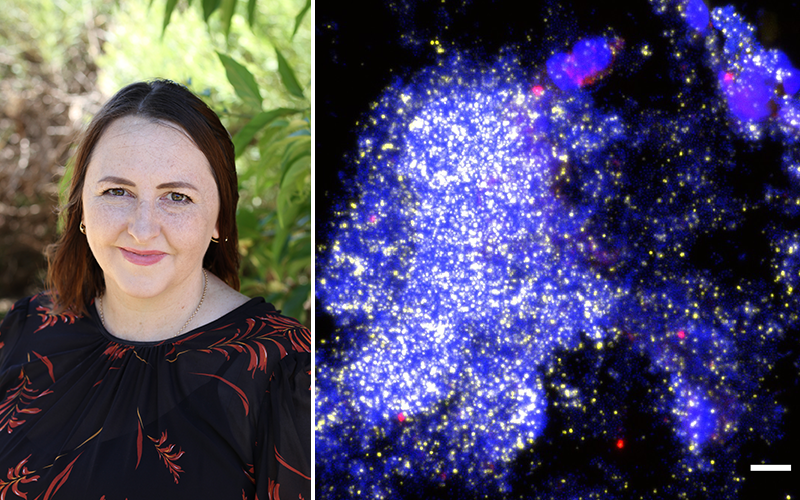
News & Events
Bacterial slime causing persistent wet coughs for childrenResearchers using powerful microscopes have identified bacterial slime in the lungs of some children with persistent wet coughs.
Research
Haptic Exploratory Procedures of Children and Youth with and without Cerebral PalsyChildren with cerebral palsy performed similar haptic exploratory procedures as their typical development peers
Research
Have a (non-energy) drink on me: modifying the laws regarding energy drinks in AustraliaThis Article explains the negative health impacts that energy drinks can have upon children and it also examines the law concerning energy drinks in-depth
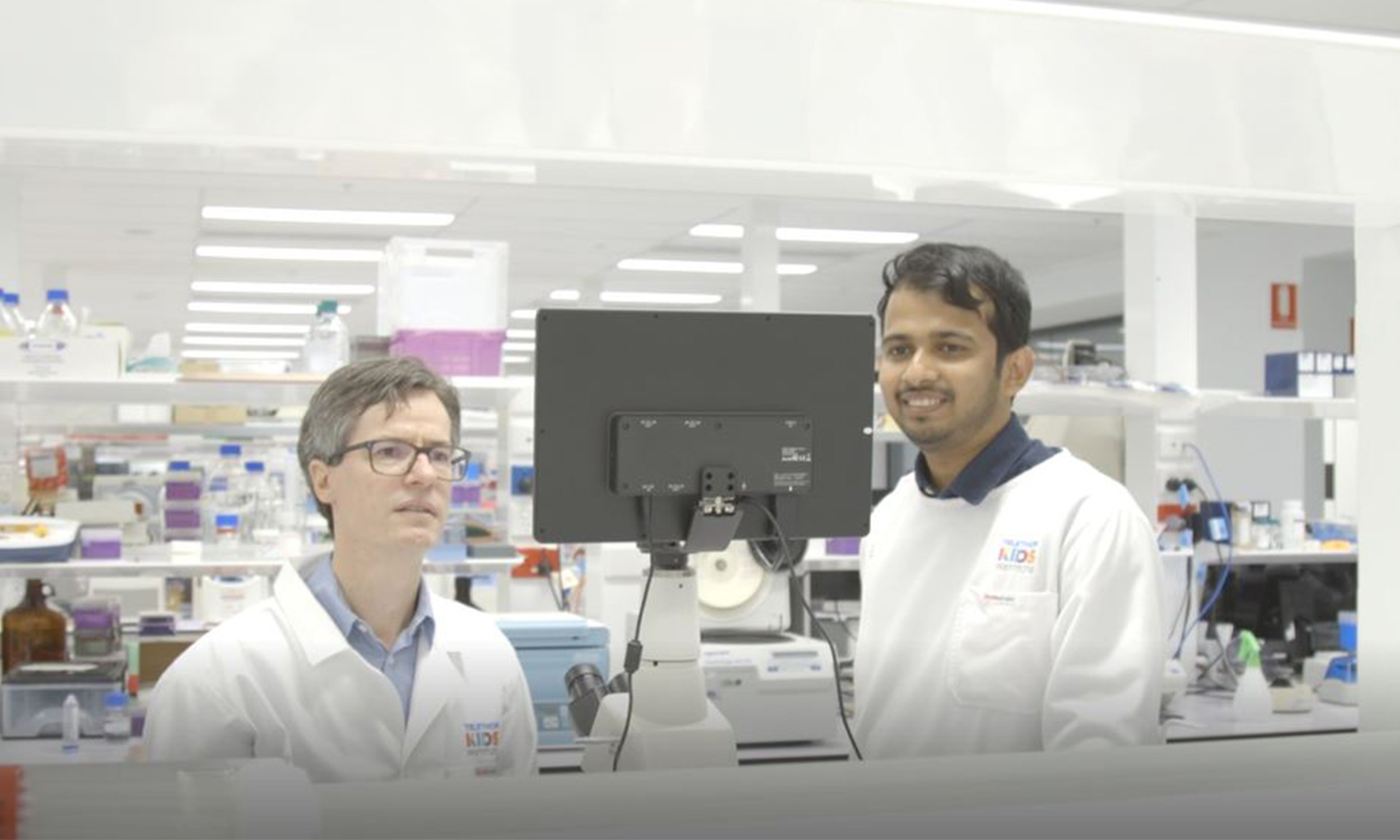
News & Events
Major grant awarded to tackle antibiotic resistanceVital research aiming to improve the treatment of potentially deadly Group A Streptococcus (Strep A) has been awarded $820,000 in the latest round of National Health and Medicine Research Council’s Ideas Grants.
Research
Neurodevelopmental outcome at 5 years of age after general anaesthesia or awake-regional anaesthesia in infancySlightly less than 1 h of general anaesthesia in early infancy does not alter neurodevelopmental outcome at age 5 years
Research
Drug-resistant gram-negative bacterial infections in children in the Oceania region: review of the epidemiology, antimicrobial availability, treatment, clinical trial and pharmacokineticGram-negative bacterial infections remain a major cause of morbidity and mortality in children and neonates globally, compounded by the rise of antimicrobial resistance. Barriers to paediatric antibiotic licencing lead to reduced availability of potentially effective agents for treatment. For children and neonates in the Oceania region, specific challenges remain including a paucity of surveillance data on local rates of antimicrobial resistance, and lack of availability of newer, more costly agents.
Research
Modulation of the immune system by UV radiation: More than just the effects of vitamin D?Humans obtain most of their vitamin D through the exposure of skin to sunlight
Research
Global, regional, and national disability-adjusted life years (DALYs) for 306 diseases and injuries and healthy life expectancy (HALE) for 188 countriesThese summary measures can also be used to quantify the component of variation in epidemiology that is related to sociodemographic development.
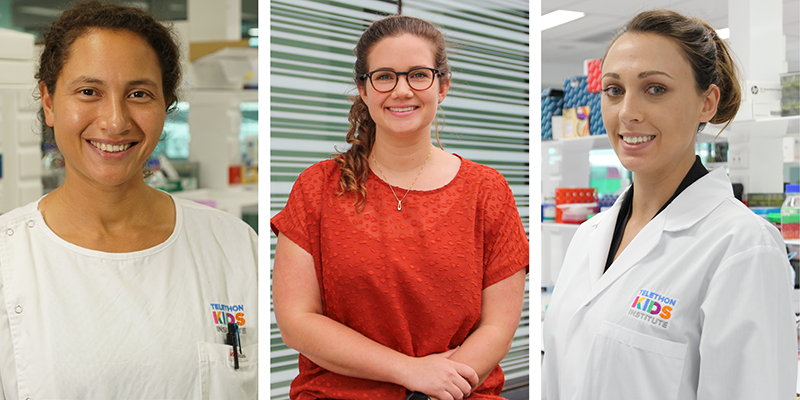
News & Events
Raine Foundation grants to support key child health researchThree outstanding young researchers from The Kids Research Institute Australia have been named Raine Fellows and received valuable Raine Priming Grants to support their child health research.
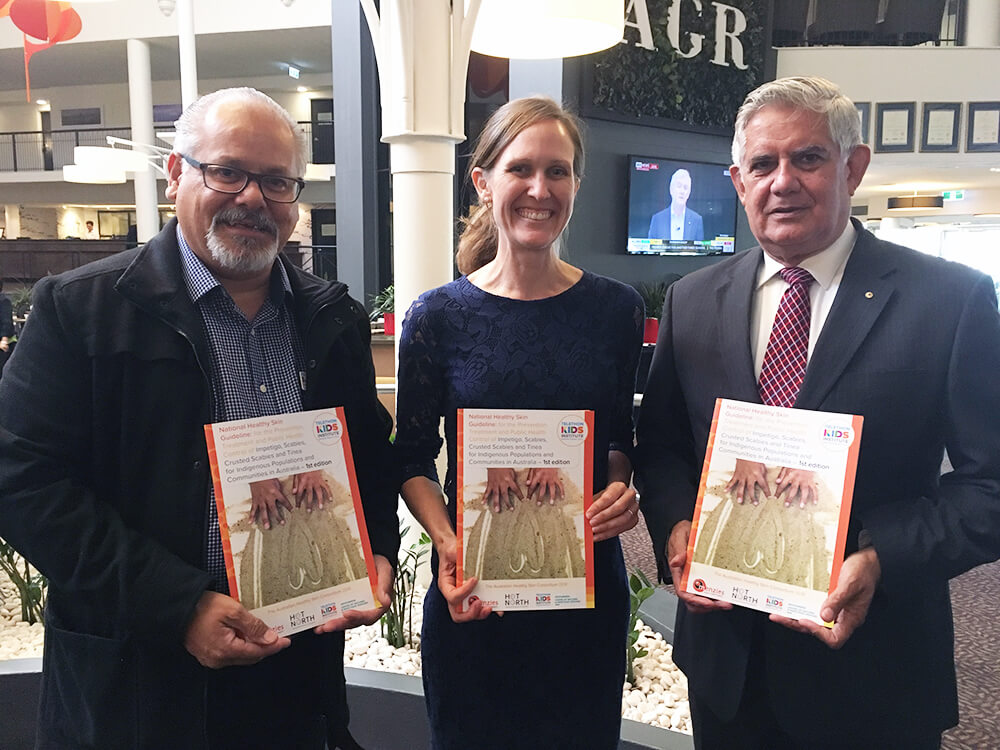
News & Events
National guideline to tackle record rates of skin infectionResearchers have developed the first National Healthy Skin Guideline to address record rates of skin infections in Australia’s Indigenous communities.
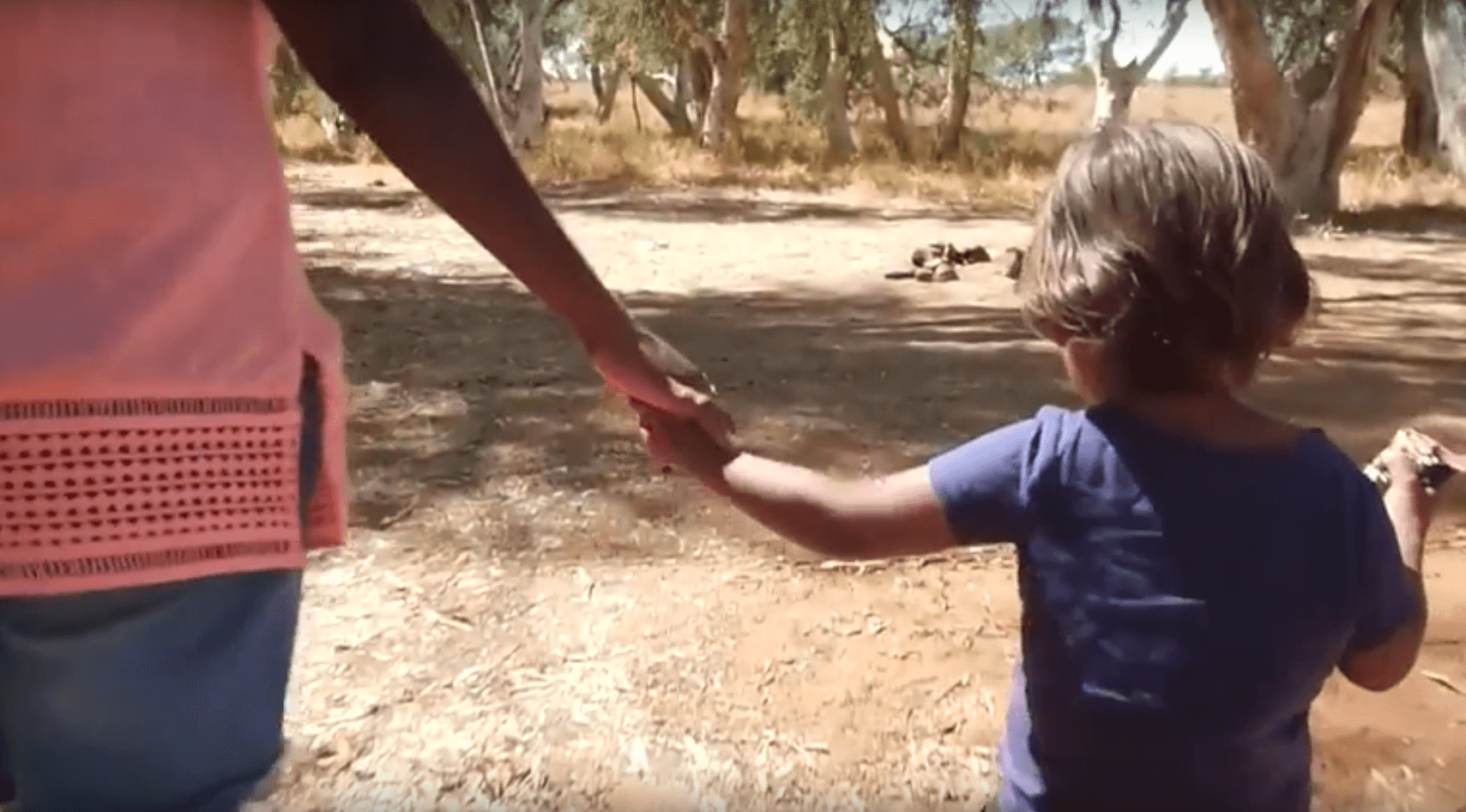
News & Events
Co-ordinated approach urgently required to slow progression of antibiotic resistanceAboriginal mum and child

News & Events
Pneumococcal vaccine sees hospital admissions for deadly pneumonia slashed by halfThousands of children born in Papua New Guinea (PNG) no longer face a future cut short by severe pneumonia, thanks to the introduction of pneumococcal vaccination as part of the country’s National Immunisation Program.
